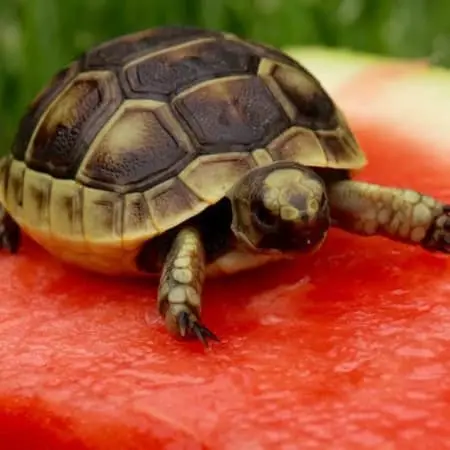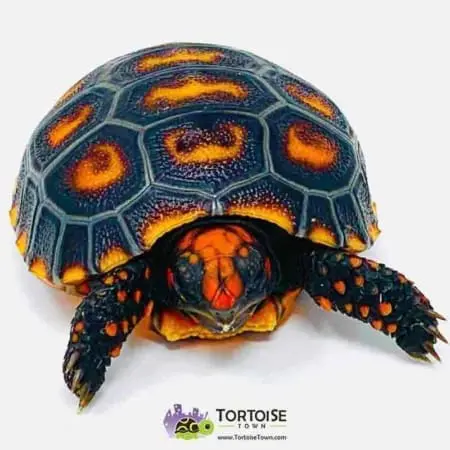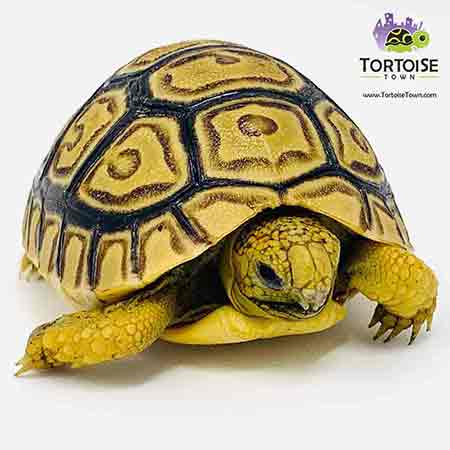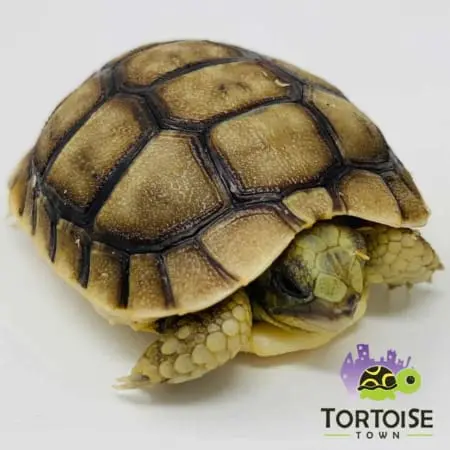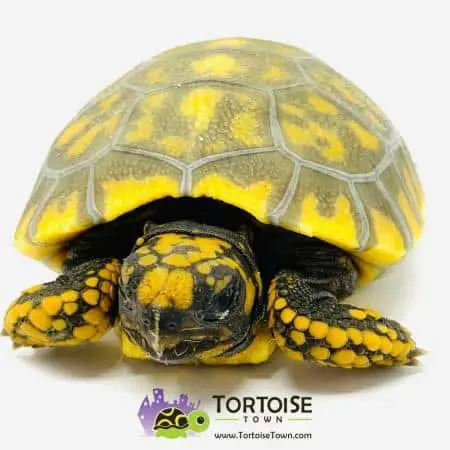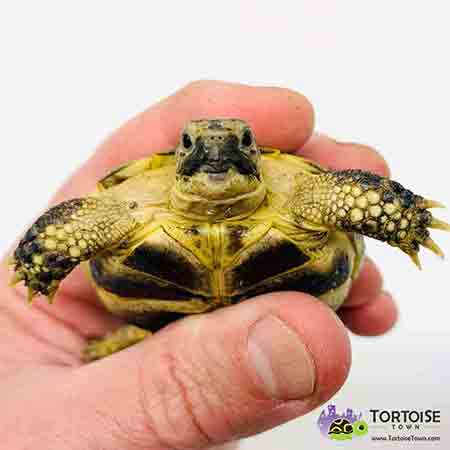Sulcata Tortoise Care, Size, Breeding & Baby Sulcata Setup
The Sulcata tortoise, or African spurred tortoise, is one of the most impressive and popular tortoise species in captivity. Known for its massive adult size, rugged appearance and strong personality, the Sulcata can be an incredible long-term companion for the right keeper. However, this is definitely not a “small apartment” tortoise. Proper planning for space, fencing, diet and heating is essential before you ever bring home a baby Sulcata.
where to buy a tortoise because they offer captive-bred Sulcata tortoise babies that are already feeding well, properly hydrated and raised under correct UVB lighting from day one.
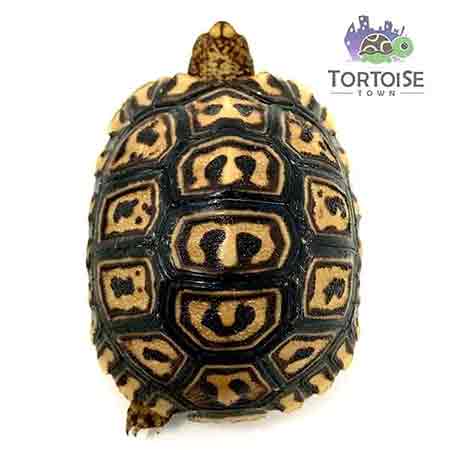
Natural Habitat of Sulcata Tortoises
Sulcata tortoises come from the southern edge of the Sahara desert, in dry, hot regions with short grasses, scattered plants and hard, compacted soil. In the wild, they dig long burrows to escape midday heat and seasonal extremes. Their bodies are built to handle intense sun, strong heat and long periods of grazing on tough, fibrous plants.
In captivity, this means Sulcatas need warm, open enclosures with strong basking areas, dry ground, safe hides and, in many climates, insulated shelters or heated barns. The better you mimic their natural environment, the healthier and more active your Sulcata will be.
Adult Size, Growth Rate & Long-Term Commitment
One of the biggest mistakes people make with Sulcata tortoises is underestimating their eventual size. Cute little babies that fit in the palm of your hand quickly grow into hefty, powerful tortoises that can weigh 80–100 pounds or more and push around cinder blocks, fence posts and landscaping features.
- Adult shell length: Often 24 inches or more.
- Weight: 80–100+ pounds.
- Lifespan: 50+ years with proper care.
Before you buy Sulcata tortoise babies, think about where a full-grown Sulcata will live in 5, 10 and 20 years. Most successful keepers plan large outdoor pens, reinforced fences and heated shelters or sheds where the tortoise can stay warm during cold or wet seasons.
Enclosure Design for Sulcata Tortoises
Indoor housing is generally a short-term solution for Sulcatas as they grow. Babies and juveniles can start in large indoor tortoise tables, but adults will require outdoor pens in most cases.
Indoor Setup for Babies
- Use a large wooden tortoise table or stock tank.
- Provide a basking spot around 100°F.
- Maintain a cooler side around the mid-70s to low-80s°F.
- Use high-quality UVB lighting and a safe, dry substrate.
- Offer hides and shallow water dishes.
Outdoor Setup for Juveniles & Adults
- Build strong, solid fencing the tortoise cannot see through.
- Bury barriers to prevent digging out.
- Provide a heated, insulated shelter for cold nights or winter.
- Include dry, elevated areas, shade structures and grazing zones.
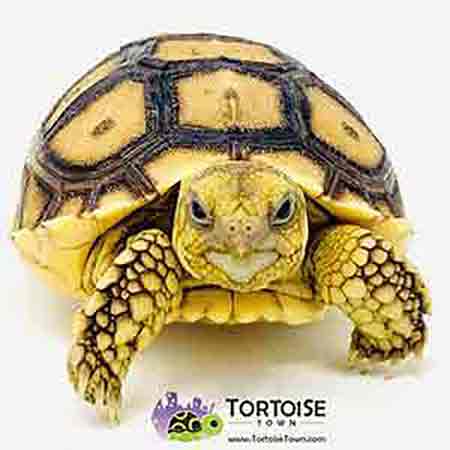
Sulcata Tortoise Diet & Nutrition
Sulcatas are strict herbivores that thrive on high-fiber, low-protein plant material. Their diet should look like an African grassland, not a salad bar loaded with fruit.
- Grasses & hay: Bermuda grass, orchard grass, timothy hay and other clean, pesticide-free grasses.
- Weeds & broadleaf plants: Dandelion, plantain, clover and other safe weeds.
- Greens: Collard, turnip, mustard greens and endive in moderation.
Avoid fruit, animal protein and processed foods. Offer plain calcium supplements several times per week and provide high-quality UVB so the tortoise can use that calcium properly.
Breeding Sulcata Tortoises & Egg Incubation
Breeding Sulcata tortoises should only be considered by keepers who already have excellent husbandry and lots of space. Adult males can be very persistent during breeding season, circling and nudging females and sometimes ramming other tortoises. Males and females should be monitored closely to prevent bullying.
Gravid females will search for nesting sites with warm, slightly moist soil where they can dig a deep nest and lay a clutch of eggs. After laying, most keepers carefully excavate the eggs and place them in an incubator with moist vermiculite or perlite. Eggs are kept at stable temperatures until hatching, which can take several months.
Raising Baby Sulcata Tortoises
Baby Sulcatas are more delicate than their rugged adult counterparts. They need warm, humid nursery setups that still provide a basking spot and gentle temperature gradients.
- Use a nursery enclosure that holds humidity but allows fresh air.
- Keep ambient humidity elevated to support smooth shell growth.
- Offer daily shallow warm soaks.
- Feed a finely chopped mix of grasses, weeds and greens.

Many keepers prefer to purchase well-started Sulcata babies from experienced breeders who have already gotten them through the fragile early phase. Starting with strong, robust babies makes it easier to maintain good growth and shell development.
Where to Buy a Sulcata Tortoise
Because Sulcatas live so long and reach such impressive sizes, it is critical to start with a healthy, captive-bred baby. Avoid questionable online ads, mixed-origin imports and sellers who cannot answer basic husbandry questions.
Most new keepers begin their search by looking for a tortoise for sale and quickly realize that the real question is where to buy tortoise that has been raised correctly. Captive-bred Sulcata babies from a specialized tortoise breeder will always be the safest choice.
If you are ready to commit to a giant, explore the current selection of Sulcata tortoise for sale at Tortoise Town. When you buy Sulcata tortoise babies from an experienced tortoise farm, you can focus on building the right habitat and enjoy watching them grow into impressive adults over many years.



